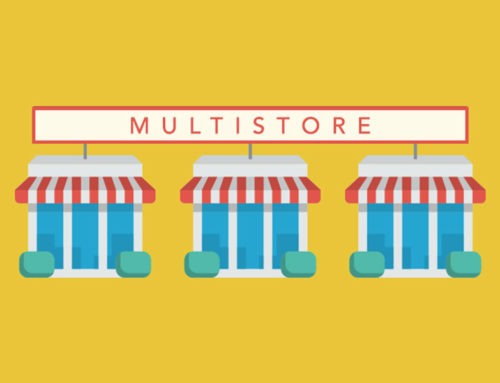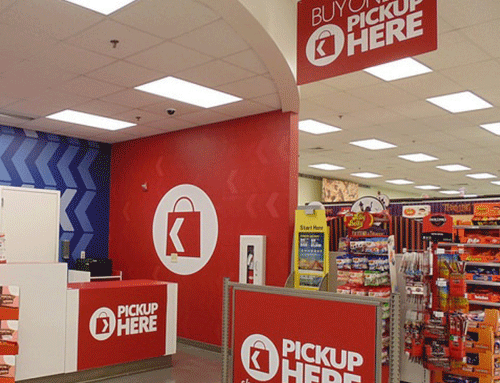Experiential retail is changing the face of the brick and mortar shops. In other words, it has transformed the regular retail outlets into the modern-day showrooms. A shopper can spend hours here experiencing the product line of a company. Experiential retail provides a sensory experience to its visitors which online stores are unable to do.
The internet had given consumers an easy alternative to in-store purchases. This led to the decline of footfall in the regular stores. Therefore, to counter this decline, the stores came up with a novel way of redesigning themselves. They engaged the visitors in several activities while presenting them with their product line. Experiential retail has become an effective marketing tool.
Factors encouraging the rise of experiential retail.
Several factors have led to the growth of experiential retail. Some of them are mentioned below:
Towards increasing business at offline stores:
Due to online retail, declining sales at stores. Shop owners were encouraged to come up with new ideas. The concept of ‘engaging a customer’ rather than simply selling them articles quickly caught up. This led to the revamping of various shops into something not less than an art gallery or a boutique. This entertained the customers and encouraged them to revisit the stores.
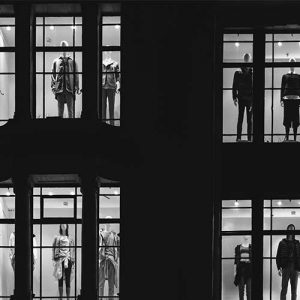
To address customer needs:
Experiential retail encourages customers to see and use the products. This, in turn, helps them understand its usefulness. Also, a clear picture of the product helps them make informed decisions, popularizing experiential retail.

To create a loyal clientele:
By providing an amazing experience to the clients, the companies create a huge database of returning customers. This results in a growing sales graph encouraging experiential retail.

To showcase the brand idea:
Although, experiential retail, companies showcase their brand idea, what the brand is about. It has proved to be an effective way of informing the consumers about the company product line and their usage.

Feedback and business links:
People visiting experiential stores give valuable feedback. These stores serve as a platform for various other business entities to meet and link up with the brand.
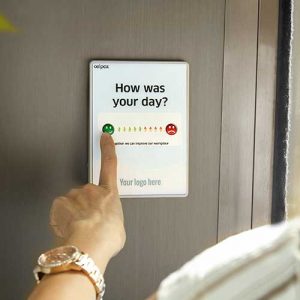
Availability of technology:
The use of technology has led to the rise of experiential retail. Concepts like virtual reality augmented reality, LED floors, interactive kiosks, giant screens all contributed to making the store experience truly exciting for the customers.
“Customers quickly get involved in experiential showrooms and are treated to an audio-video extravaganza”.
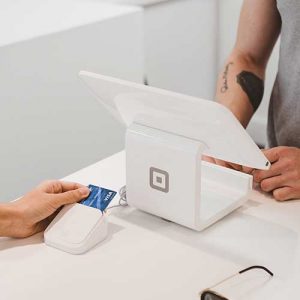
Key components for successful experiential retail:
There are several factors towards creating successful experiential retail. These not only ensure that customers step inside a showroom but also boost sales.
Original concept:
Experiential retail must showcase an original concept. This will attract the customers to visit it.
Creative interaction:
The customer-based audio-video interaction should be innovative and engaging. It should also be simple and easy for anybody to understand.
Customized experience:
The experiential experience should be customizable as per the buyer’s needs. For example in, age, gender, height, weight, disability among others.
Out of the box approach:
Experiential retail should have an innovative approach while showcasing the products and services of a company.
Localized experience:
The activities of experiential retail should be localized as per the region and various other factors relevant to the location of the store.
Entertainment factor:
All in-store activities must be developed from the perspective of entertaining store visitors. Also, they must always be attended by the store associates.
Optimal sensory interaction:
The in-store experiences should involve the various sensory elements of the customers.
“Customers retain their experiences for a longer duration. If they can touch, feel, see, smell, and hear about the products and services in the offering”.
A few examples of experiential retail:
IKEA:
Recently, IKEA invited 100 people through a social media contest. This was to spend a night at their warehouse in Essex. The invitees were accompanied by a sleep specialist and were encouraged to choose their sleeping gear – mattresses, pillows, sheets, and any other articles. This innovative use of social media along with experiential retail experience led to IKEA’s widespread popularity and an increase in its sales.
Starbucks:
This coffee selling brand is a popular name around the world. People are ready to pay 15 to 20 times the price of a homemade coffee drink. This is because of the in-shop ambiance extended to its visitors. The décor, comfortable lighting, cozy sitting arrangement, free Wi-Fi encourages the customers to hang out and spend time at their outlets. This example of experiential retail shows that the customer is willing to pay more for the right in-store experience.
Nike:
Nike’s SoHo flagship store has an inbuilt basketball court, treadmills, and soccer trial space for the customers to try out their various products. They can also get personalized advice on selecting the right product for themselves. This has enhanced the customer experience, encouraging them to use and purchase Nike products.
Apple:
The tech giant Apple is developing its stores as ‘town squares’ where people can meet, interact, attend workshops, conferences, etc. This innovative idea is ready to attract people towards Apple stores and sample their products; a long shot towards marketing their products. This is to boost its sales in this competitive market.
Summing it up:
Contrary to the belief that retail stores are suffering due to digital stores. The retail stores are on the threshold of a revolutionary change. They are set to change how shopping will be done in the future. The concept of experiential retail has been well received in its nascent stage and is spreading across all five continents at a rapid speed.
Thus, industry giants and small business units have understood the potential value of experiential retail and are implementing it to promote their goods and services.
Today’s consumer, who is always on the lookout for ‘value for money’ will find the concept of activity-based shopping appealing and more suitable to their needs. The idea of experiencing the product before buying is fast catching up ensuing in the rise of experiential retail.
Ready to scale your retail? Our team of POSibolt consultants are on hand to help you grow your business. Click on the link to request a callback: https://posibolt.co.za/contact/ or visit us at https://posibolt.co.za/





